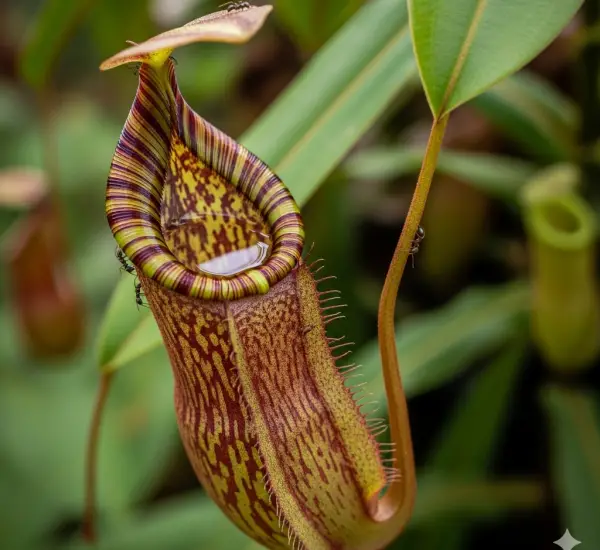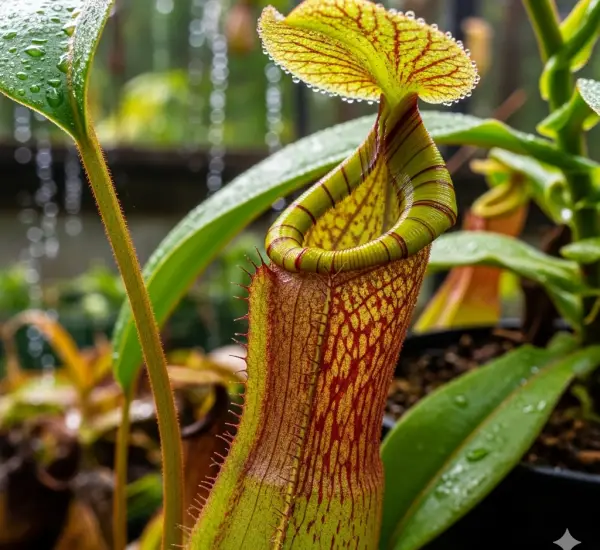Watermelon is often thought of as a crop that requires plenty of space, rich soil, and constant care. But with a little creativity and the right growing method, even a small-scale gardener can produce fruit so large it’s hard to believe. In one case, using a container-growing technique with organic soil amendments and vertical support, a watermelon grew as big as a piglet—truly a surprising and rewarding result.
This article breaks down the exact steps used to grow massive, sweet watermelons in a small space using unconventional techniques anyone can try at home.
1. Choosing the Right Watermelon Variety
Not all watermelons are created equal. To grow a large, heavy fruit, it’s essential to choose a variety known for its size and vigor. Look for open-pollinated or hybrid varieties labeled “giant,” “jumbo,” or “long season,” such as:
-
Crimson Sweet
-
Carolina Cross
-
Black Diamond
-
Jubilee
These varieties respond well to good soil nutrition and proper care. If you have limited space, bush-type watermelons can also work, though the size may not reach “piglet” proportions.
2. Container Size and Setup
While watermelons traditionally sprawl on the ground, they can be grown in containers with the right support system. Use a plastic drum or large grow bag with at least 50–70 liters of capacity. This ensures the plant has enough room for root expansion and nutrient uptake.
Drill holes at the bottom and sides of the container for excellent drainage. Elevate it slightly off the ground using bricks or wood to allow airflow underneath and prevent water accumulation.
3. Powerful Soil Mix for Giant Growth
The secret behind rapid growth and giant-sized fruit lies in the soil preparation. Here’s the soil recipe used for this successful watermelon-growing method:
Soil Mix Composition:
-
40% rich garden soil
-
30% decomposed cow or goat manure
-
20% rice husks or coco peat for aeration
-
10% composted kitchen waste or vermicompost
To supercharge the mix, add:
-
1 cup bone meal (for calcium and phosphorus)
-
1 cup wood ash (for potassium)
-
A handful of crushed eggshells (to prevent blossom-end rot)
This organic-rich mix feeds the plant steadily over time and retains just the right amount of moisture. The rice husks in particular helped prevent compacting and allowed deep root penetration.
4. Vertical Support and Trellising
Watermelon vines can be trained vertically to save space. Install a strong trellis or A-frame structure next to the container and guide the vine upward using soft ties or cloth strips. This not only improves air circulation but also allows the fruit to hang freely without touching the ground.
When the fruit begins to grow, make a sling using old fabric or netting to support its weight and prevent the stem from breaking under pressure. In this case, the fruit grew steadily over weeks, eventually reaching a size comparable to a piglet—both in length and weight.
5. Watering and Fertilization Schedule
Watermelons require consistent moisture, especially during the fruiting phase. However, overwatering can lead to root rot or diluted flavor. The recommended routine:
-
Water deeply 2–3 times a week, depending on weather
-
Reduce frequency slightly once fruits begin to develop
Fertilization was done every 10 days using a rotation of:
-
Banana peel compost tea
-
Fermented fish amino acid
-
Molasses and wood ash mixture
These natural fertilizers enhanced flowering and fruit development. The potassium and calcium content in particular helped the fruit grow larger and sweeter.
6. Pollination Techniques for Better Fruit Set
To ensure pollination—especially when growing in containers away from natural pollinators—manual pollination was used. Early in the morning, male flowers were picked and rubbed gently onto female flowers, which can be identified by the tiny fruit at their base.
Within days of successful pollination, the tiny fruit began to swell noticeably. Regular monitoring ensured only 1–2 fruits per plant were allowed to mature, directing the plant’s energy into producing quality over quantity.
7. Unexpected Results at Harvest
After about 70–80 days from transplanting, the watermelon reached its full size. Signs of ripeness included:
-
Yellowing of the underside
-
A dry and curled tendril near the fruit stem
-
A deep, hollow sound when tapped
When harvested, the fruit was incredibly heavy—almost 10 kg—and its size shocked even experienced gardeners. The combination of container growing, organic soil boosting, vertical support, and targeted care led to a truly surprising result: a watermelon as big as a piglet.
Final Thoughts
Growing large watermelons doesn’t require acres of farmland. With a strategic mix of container gardening, organic amendments, vertical growing, and attentive care, even beginners can achieve impressive yields.
This method not only proves that small spaces can produce big results, but it also offers a fun, rewarding project for home gardeners eager to try something a little different.




